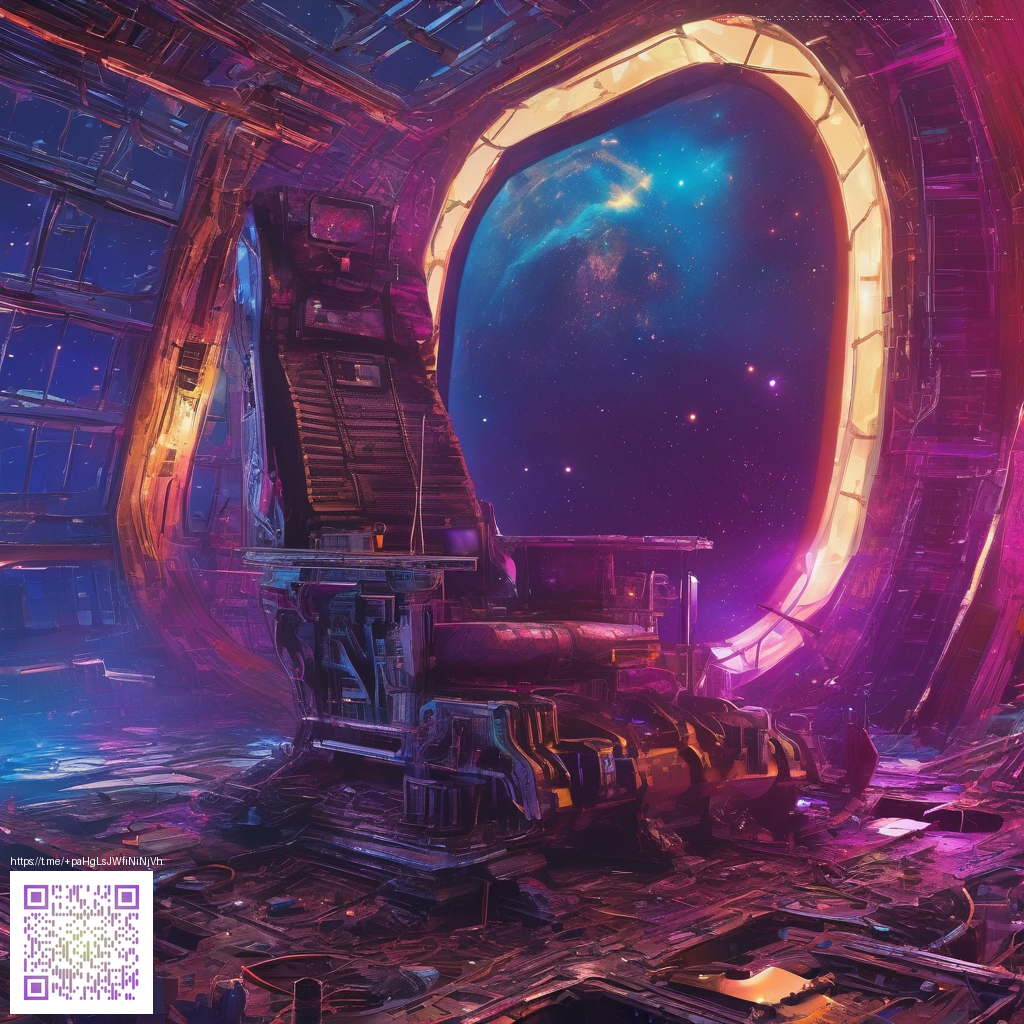
How server meshing could reshape the future of connected worlds
Online worlds have always faced the tension between realism and practicality. The dream is a universe that feels vast and alive yet responsive to every player action. In the last few years a new approach has emerged that promises to blur the boundaries between separate servers and deliver a single cohesive experience. The core idea is to split the game's universe into smaller zones that run on different machines while still behaving like one big world. When implemented well it can reduce lag, enable truly massive battles, and invite players to collaborate in ways that feel organic rather than scripted. This is not just about one title but about a blueprint for how future multi user experiences could be built from the ground up for both scale and polish. 🎮
What makes this approach significant for gameplay
At its heart the concept aims to keep world state synchronized across many servers so a player never notices behind the scenes juggling. The payoff is a world that adapts as more players load in, with dynamic load balancing that shifts tasks between machines without interrupting your flight or firefight. For players this translates into fewer sudden reloads, more persistent events, and the possibility of truly large coordinated activities that feel like a single entity rather than a patchwork of instances. For developers the challenge becomes designing robust state replication, latency tolerant messaging, and fair anti cheat safeguards that scale with the world size. It is a complex balance but the potential is a leap forward for how we think about online persistence. 🧠
Gameplay analysis and community momentum
From a gameplay perspective the promise is a more fluid exploration experience. Imagine traveling between star systems without the slow down of server handoffs or the jank of loading screens mid mission. It could unlock more meaningful emergent gameplay where a community event spans multiple regions and remains consistent even as players arrive from different corners of the galaxy. For the community the topic has become a common point of discussion in streams and forums. Players weigh the benefits of seamless scale against concerns about synchronization gaps and the potential for edge cases where a single zone falls behind. The mood is cautiously optimistic with an appetite for real world testing and transparent feedback cycles. 🔥
Update coverage and the road ahead
Updates in this space tend to arrive in staged phases. Early tests focus on stable replication of core systems and predictable load migration between servers. Later steps explore more dynamic balancing under peak activity, cross zone scripting for events, and hardened security layers to prevent exploits. Community watchers look to public test servers for tangible progress reports such as improved frame pacing during busy moments, smoother transitions across zones, and clearer telemetry that helps developers tune the experience. The timeline for broader adoption remains cautious, with practical milestones often communicated through dev diaries and PTU notes. 🎯
Modding culture and developer commentary
Modding communities have historically thrived on open data and flexible toolchains. Server meshing presents a fresh set of opportunities and a slate of new constraints. Modders could explore how custom events propagate through a live world or experiment with autonomous NPC behaviors that persist across zones. This is where robust documentation and accessible APIs become essential. On the developer side the focus is on reliability, reproducibility, and clear feedback loops with the community. When studios share their lessons learned from early tests, it helps modders and players alike to align expectations and push things forward in constructive ways. The balance between creativity and discipline will shape how vibrant the ecosystem becomes. 🕹️
Developer commentary and the broader impact on game design
Industry voices highlight a broader shift toward building engines and tools that support distributed simulations. The rationale is that the lessons learned from large scale experiments can inform future titles across genres. When studios articulate the trade offs between real time synchronization and event driven design, it gives the community a clearer picture of what is possible. The implication for future games is a more modular approach to world building, where expansions and updates can unfold in a cohesive, multi server environment without fragmenting the player base. This could influence how developers prototype social hubs, dynamic campaigns, and cross platform play in the years ahead. ⚔️
Practical takeaways for players and creators
- Expect smoother transitions during busy moments as load is managed across machines
- Look for more persistent events that feel seamless across large scales
- Monitor developer notes and PTU patches for concrete milestones
- Engage with communities that test and provide feedback on new networking tech
- Consider how your own mods could leverage a more stable, expansive sandbox
As fans and creators, the excitement lies in how this technology changes the social fabric of multiplayer experiences. The promise is a future where scale enhances moment to moment play rather than hindering it. If the rollout proceeds with careful testing and open dialogue, the next generation of online worlds could feel less like a patchwork and more like a living universe you can truly explore with friends. 🎮
Product spotlight for gear that keeps pace with marathon play sessions and bright desk setups. Check out the Neon Gaming Mouse Pad Custom 9x7 Neoprene with Stitched Edges for a reliable, responsive surface that complements long nights of galactic exploration.
Neon Gaming Mouse Pad Custom 9x7 Neoprene with Stitched Edges